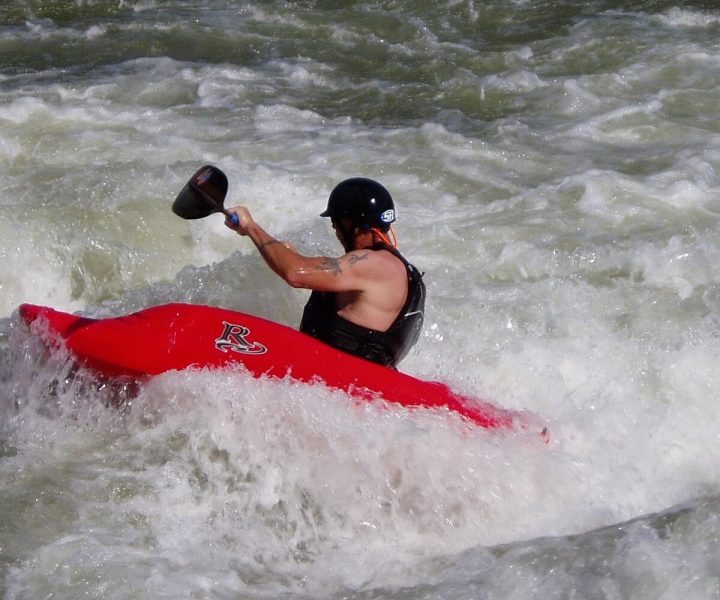
Let’s face it, when it comes to whitewater paddling, there’s always something new to learn. You need to acquire a new skill set to master everything from the changing seasons to different paddling styles and varying water levels.
While it may feel like your education will never end, there are a few essential skills that every whitewater paddler should master. We’ve put together the top eight that you should be learning whether you’re just starting out or have been at it for years.
1. Swimming in whitewater
When paddling, it’s almost inevitable that you’re going to end up in the water at some point or another. Once you’re in the water, you need to know how to respond in order to minimize the risk of suffering an injury.
Check out this video for some useful tips on how to swim in whitewater:
Of course, there are other whitewater swimming techniques you can learn and it’s a good idea to further develop your skills and knowledge so you can feel confident in different scenarios.
2. Rolling your whitewater kayak
Learning to roll is an essential skill for any whitewater paddler, as it will allow you to get back upright should you ever capsize. Once you know you’ve mastered the roll, you’ll paddle more safely, feel much more confident heading out into the water, and feel more comfortable trying new things.
While there is loads of different advice here, this video is an excellent place to start:
3. Learning how to low brace
If you feel like you’re starting to tip or lose balance, then you need to know how to recover to stop yourself from rolling. That’s where the low brace comes in. To do this move, push on the surface of the water (just the top few inches) using the back of the paddle blade in order to gain momentary support. You can then do a hip snap to bring the kayak back to level.
When done correctly, this move can also help you prevent shoulder injuries, so is well worth mastering.
4. Mastering the art of escaping hydraulics
Holes can vary in size and shape, and while some can be friendly and fun to play in, others can be downright dangerous. More than likely, you’ll find yourself stuck in a hole one day and you’ll want to know what to do so you don’t end up panicking. This article offers some great tips on how to escape sticky hydraulics.
5. Recovering a runaway kayak
When you or anyone on your team takes a swim, you have to learn how to quickly gather their gear, kayak, and give them a hand. The quicker the runaway kayak is retrieved, the less energy is expended by the crew, and the more the whitewater adventure can be enjoyed. The best way to recover a kayak is to flip it unto the deck, rocking it back and forth and then flipping it over.
6. Nailing the throw bag toss
Accurately throwing a throw bag means the difference between an anxiety-ridden situation and a possibly funny anecdote. Keep in mind that you may only have a small amount of time to throw it and make sure it reaches the person that needs it, so make sure to practice tossing throw bags amongst your crew.
7. Fixing a cracked boat
Accidents happen, and even though it was not your intention, you banged your boat against a rock or dragged it on an uneven surface, and now water is flooding your kayak. While, unfortunately, this means that your trip is over for the day, there are ways to fix your kayak yourself without needing to break the bank.
8. Not giving up
You need to go into whitewater paddling knowing that you’re going to suffer a few knocks, and you may want to throw in the tile. Whitewater can be unrelenting, so it’s vital that you go with the flow and realize that every mistake that you make is a new opportunity to learn and progress.
Whitewater paddling, as we mentioned in the beginning, always has a learning curve. While your best teacher will always be the water, you can also supplement your skills off the river. Chat with other paddlers, read articles, and watch instructional videos to keep on learning. And most of all, have fun!
 Your Privacy Choices
Your Privacy Choices
 The
The